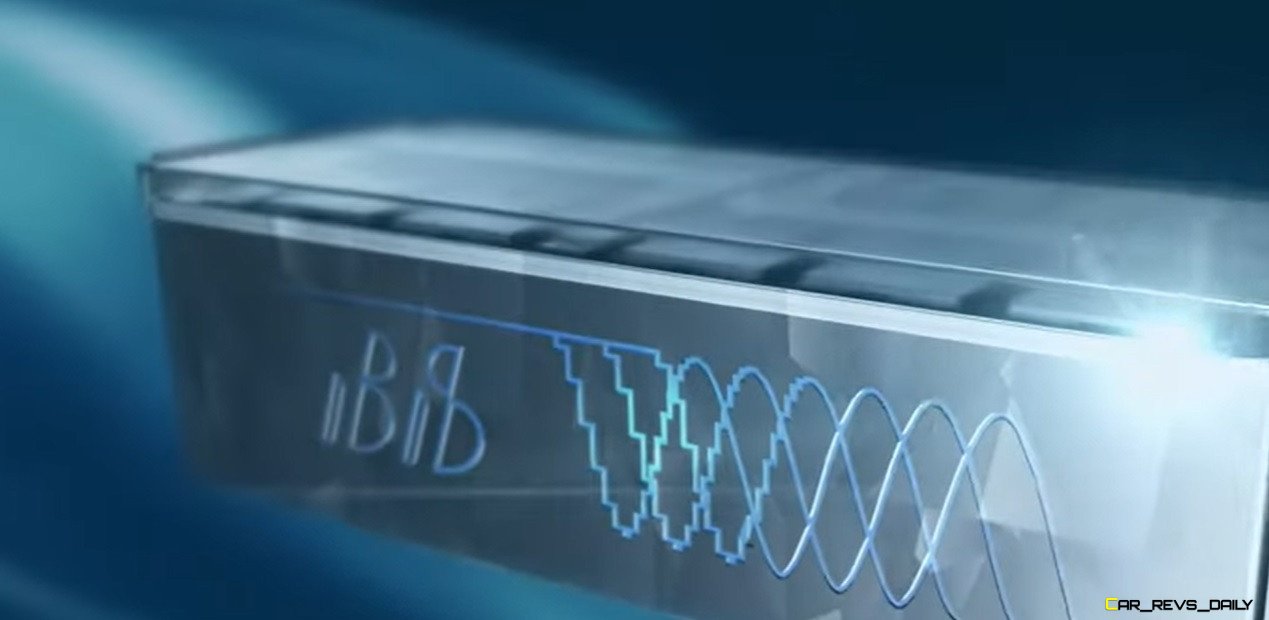Stellantis is supercharging its entry into the EV marketplace and has already made some moves to prepare for the leap into electrification while also introducing the Ram REV 1500. The truck impressed us so much that this author put in a deposit, and we weren’t alone, with Stellantis and Ram reporting record numbers of interested customers. But progress will always be a part of the EV experience moving forward, and Stellantis has revealed that it’s aiming to remove the separate inverter and the onboard charger in a bold attempt to improve efficiency and simplify the construction of EVs.
New Battery Partnership Aims To Achieve Big Goals For Stellantis

The new plan comes on the heels of a newly announced partnership between Stellantis and French Battery firm Saft and the French National Center for Scientific Research, with the three entities confirming that they have made progress in eliminating the need for a separate inverter as well as the onboard charger which currently form two critical pieces of many production EV powertrains.
These pieces help ensure that the correct type of power gets to different components in the car, with the onboard charger taking the AC flowing from the broader power grid and converting it into DC to charge the battery pack. The inverter plays its role later when energy from the battery is moved to other components and switches back to AC power. These two components mark a significant milestone compared to older EVs over the years but are large components that add complexity to the EV while also reducing efficiency.
Stellantis and their partners aim to resolve this by replacing them with small inverter boards that can be mounted very close to the battery packs. The boards (called the IBIS system) also blend the two separate functions into one unified unit, which would eliminate the need for those two bulky components. Removing the inverter and the onboard charger from the equation would help eliminate a critical stumbling block in making smaller EVs. It could perhaps also open up possible avenues for enhancing interior space.
When Will We See This In A Production Model?

While these inverter boards sound promising, Stellantis confirmed that they are not ready for full-scale production yet, with the company only using them on a prototype vehicle for now. After this development phase is over, Stellantis claims that it will attempt to get the technology into production of EV vehicles by the end of the decade. Meanwhile, Saft also hopes to use the technology in stationary battery applications, but it’s unknown when it will roll out to that side of the EV universe.
In the meantime, look for the Ram 1500 REV (power inverter and all) to be a key spearhead for Stellantis in the EV segment, with the truck providing the world a glimpse into what Stellantis’s battery technology is truly capable of in the real world. In the meantime, Stellantis also released a short video on the subject, which can be seen below.

Carl Malek has been an automotive journalist for over 10 years. First starting out as a freelance photographer before making the transition to writing during college, his work has appeared on numerous automotive forums as well as websites such as Autoshopper.com.
Carl is also a big fan of British vehicles with the bulk of his devotion going to the Morgan Motor Company as well as offerings from Lotus, MG, and Caterham. When he is not writing about automobiles, Carl enjoys spending time with his family and friends in the Metro Detroit area, as well as spending time with his adorable pets.

